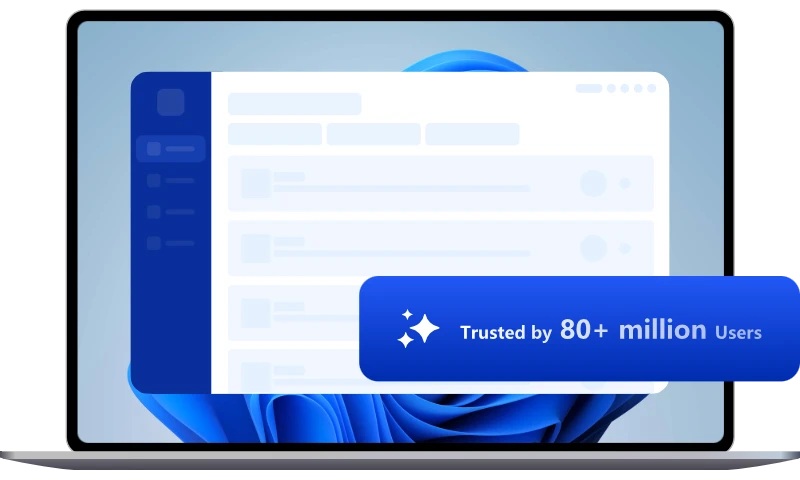Why are people reluctant to upgrade to Windows 11?
A new survey indicates that only 0.21% of PCs have been upgraded to Windows 11. However, there are some reasons why so many people have not used the new Windows operating system.
A new survey indicates that only 0.21% of PCs have been upgraded to Windows 11. However, there are some reasons why so many people have not used the new Windows operating system.
Every time a new Windows is released, Microsoft will force as many people as possible to upgrade their devices according to their expectations.
There is no doubt that this has been the case since Windows 11 was released on October 5th. The new operating system constantly reminds people of the advantages of Windows 11 through TV advertisements and online media.
Nevertheless, it does not seem to have the desired effect. An IT asset management organization Lansweeper's review of more than 10 million PCs revealed that only 0.21% of all Windows PCs are running Windows 11. For this reason, Windows XP still occupies 3.62% of the entire industry, although it has not been supported by Microsoft since around 2014.
Note here. Despite the large sample size, Lansweeper is mainly centered on corporate regions. The organization has not announced how it will acquire participants, but these participants are likely to be commercial users. As Lansweeper himself reported, the configuration requirements of Windows 11 mean that many existing IT workstations are not feasible on Windows 11. AdDuplex's 8.9% figure may then better reflect the mindset of buyers, although it only depends on 60,000 respondents.
In any case, if Microsoft needs to transform Windows 11 into the main operating system in the near future, Microsoft has work to do. They need to think about why more people have not updated to the new operating system?
Windows 11 strict configuration requirements
There is no doubt that this is the biggest obstacle-a large number of Windows 10 PCs are not feasible on Windows 11. Microsoft has made equipment essentials more stringent because it focuses on security, equipped with a new 1GHz processor, TPM 2.0 and secure boot are among the most controversial updates.
Obviously, there are many ways to solve this problem, but many people will not want to run Windows 11 on a PC that Microsoft does not support.
When Microsoft announced the news of Windows 11 in June, it announced that it would continue to launch. This seems to make sense-because there were more than 1.3 billion PCs with Windows 10 installed at the time.
With the release of Windows 11 on October 5, Microsoft also shared the official installation assistant and ISO files. This means that anyone who supports the upgrade conditions can quickly update to Windows 11 according to the officially supported method.
However, this must be upgraded manually. It cannot be updated from Update in Setting. Unless you desperately want to use Windows 11, don't worry. Comparing Windows 10 will be supported by Microsoft to know 2025.
Windows 11 is a major visual upgrade
When Windows 11 is open to everyone, for long-term users of Windows 10, hesitation is possible. Because the new operating system brings brand-new visual effects, everything will be carried out in a new mode.
This streamlined planning language is certainly not suitable for everyone, and it needs some people to adapt. Except for the disastrous Windows 8, Microsoft's operating system has maintained a similar central look and feel for a long time.
Obviously, Microsoft still has a lot of time to popularize Windows 11. Its launch may cause polarization, but more Windows 10 PCs may take longer than expected to upgrade.

